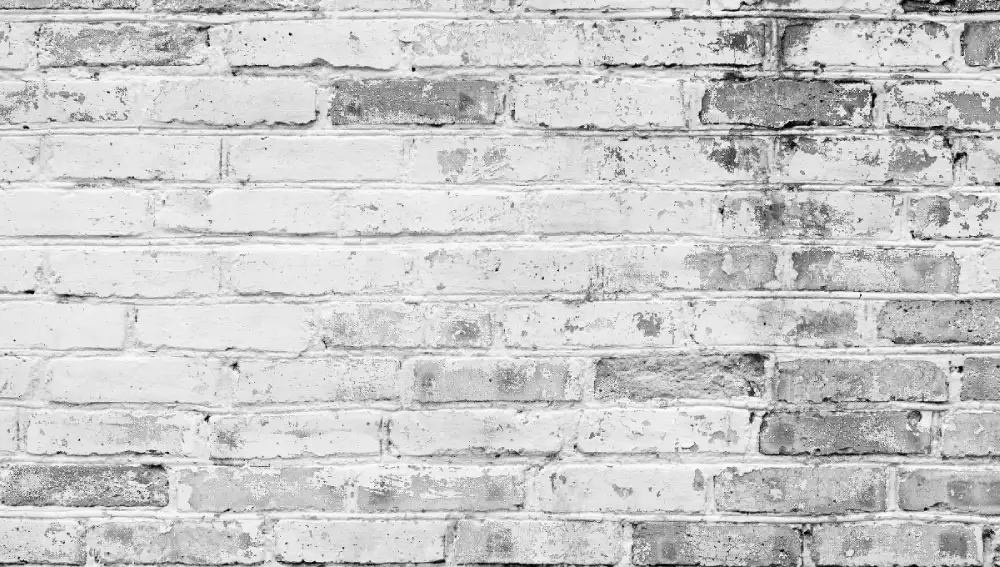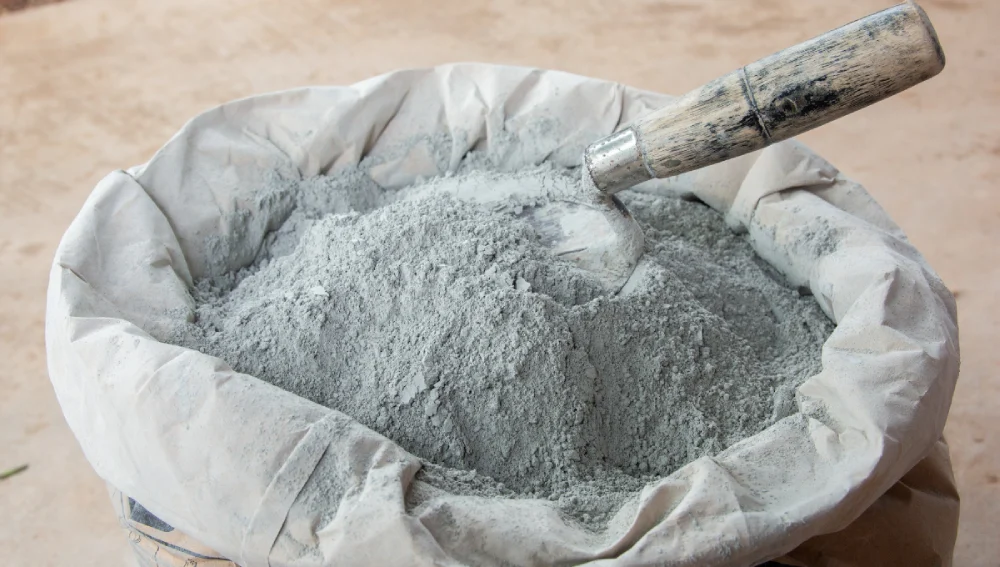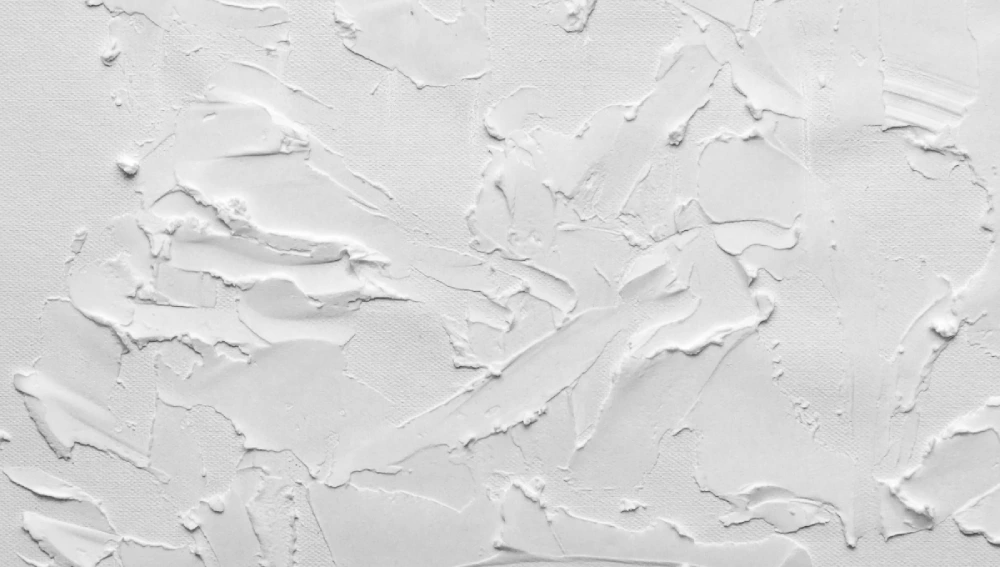What Is White Cement?
White cement is no different from grey cement except for the color. It takes all the qualities and adds several other benefits, like grey cement. Its white color is due to the addition of manganese, copper, nickel, and iron oxides. They are added during the production process.
The white cement adds aesthetic value due to its exceptional workability. It’s a strong and durable cement, mainly used for decorative applications. The major raw materials used in white cement are limestone, gypsum, clay, kaolin, and fuel. White cement manufacturing is done to enhance the whiteness as much as possible.
White Cement Uses

White Portland cement is mostly used for decorative purposes. It creates beautiful finishes and is therefore used in making interiors that are finely aligned and versatile. Here is a list of uses of white cement:
- Used to develop architectural finishes that are aesthetically pleasing.
- It is also used in the production of concrete products, such as panels and facades.
- Used in terrazzo flooring system. The white color helps to give a brighter and more clean appearance.
- In mosaic production, it is also used as a binding material.
Decorative Applications
White cement is known for its finishing touch. It provides a neutral and clean base that enhances the overall appearance of the decorative elements. white cement when applied on walls gives Strong and Long-lasting properties. It can help make things clean and bright. The white cement is therefore used for architectural and decorative purposes. It helps to provide intricate details. Additionally, white cement is extensively used in manufacturing precast concrete products such as tiles, garden ornaments, sculptures, etc.
Walls, Floors, and Ceilings
Walls: White cement gives walls adhesive strength and is therefore applied before painting. Since it is attractive and durable, it can be used as cement paint for exteriors. Also as a primer for the walls.
Floors:
White cements are used to obtain the perfect white finish for flooring. Due to its water-resistant properties, it is an ideal choice for homes. These white cement sheets serve as artificial lighting. They are good at reflecting light. This makes it more appealing. It provides a naturally white pigment as a texture. This helps prevent it from fading.
Ceilings:
White cement is used to make more creative artificial ceilings. This allows for the creation of high-quality designs. It gives it an elite look while also giving it an aesthetic appearance. The white cement has a waterproof nature. It tends to withstand much higher temperatures. The wear and tear property of the white cement makes it withstand harsh elements when used for exteriors.
Architectural Elements
White cement, when used in structural aspects, has various applications. Moreover, it can be used to repair marble tiles and sheaths on roofs, walls, and floors.
Countertops and Worktops
White cement has a light-reflecting property, which gives the entire space an openness and brightness. This gives a strong, beautiful appearance to the countertops. The white cement countertops help to handle heat, scratches, and stains well. Therefore, it is best suited for kitchens or any worktops. White cement closely safeguards the worktop and countertop and makes them suitable for everyday use.
Swimming Pools
For swimming pool interiors, pool plasters are typically white cement formulated with light pastel colors. They are amazing in appearance and also last for a longer period. The white color gives the pool a clear and bright finish
Functional Applications
White cement has various functional applications, from structural to architectural and decorative. It is versatile and adds elegance due to its characteristics.
Colored Concrete
White cement serves as a base for a wide variety of colors. This offers creative freedom. It benefits us with higher reflectivity.
Tile Grouts and Fillers
White cement has the best advantage of filling the gaps and cracks. It fills gaps in ceramic tiles, vitrified tiles, and marble flooring.
Improved Light Reflection
The white cement has a light reflection in nature itself. This helps to save costs and has practical functions in the manufacture of roads and tunnels.
White cement: Varieties

The amount of iron and manganese oxide added primarily determines the color of the white cement. There are mostly five basic types of white cement that are used.
Type I
Type I white cement is an all-purpose ordinary white Portland cement. It is used for general construction purposes. It provides a bright, clean appearance for the structure. This is mostly similar to grey cement, except for the white color characteristics.
Applications: pavements, buildings, precast concrete products, decorative structures.
Type II
Type II is a moderate sulfate-resistant cement. Also, this is engineered to have a moderate hydration temperature. It is important when casting concrete on soil with moderate sulfate levels, but irrelevant for concrete countertops.
Applications: Foundations, retaining walls, and underground structures.
Type III
Type III cement is a type of Portland cement that is known for its early strength development. Type III white cement reacts faster than Type I. It allows for early removal of formwork and quick use of structures.
Applications: Precast concrete products, tilt-up construction, repairs.
Type IV
Type IV has a low heat of hydration in White Cement. It is used in mass concrete operations where it is important to limit heat buildup and stresses during hydration. reduces the risk of thermal cracking in large pours.
Applications: Large foundations, dams, and massive structures.
Type V
Type V white Portland cement is also known as sulfate-resisting cement. It is mainly used to protect the soil from sulfate attack. It is significantly more expensive than regular cement. For outdoor applications, it is a popular choice.
Applications: Seawater-exposed structures, sewage treatment plants, industrial environments.
Conclusion
white cement stands out as a versatile and aesthetical material, offering both functional and decorative benefits in construction. Whether used for creating bright, reflective surfaces, intricate architectural details, or durable finishes for walls, floors, and ceilings, white cement. White cement and wall putty look alike but have major differences in properties By understanding its uses and types, you can make informed decisions to achieve both the visual appeal and structural integrity of your construction projects.

